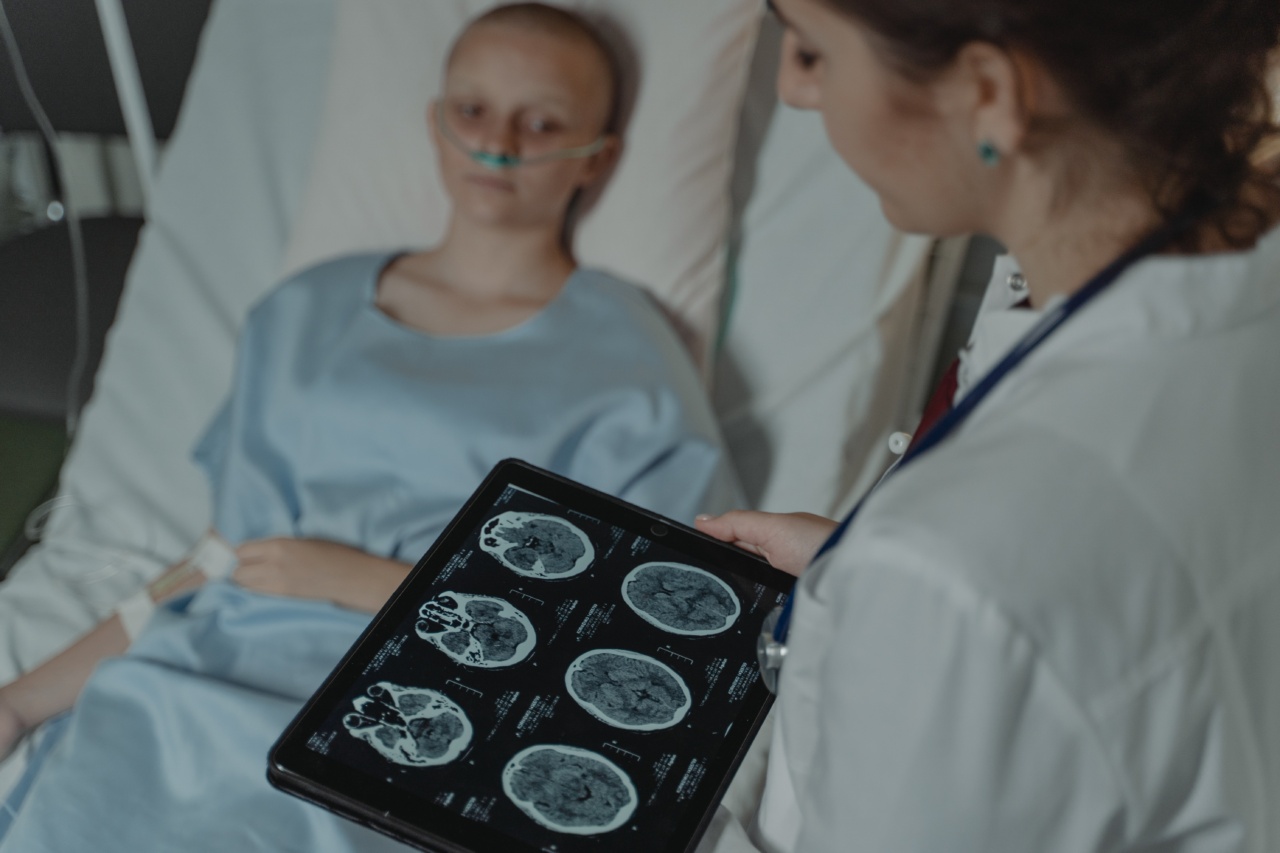Cervical cancer is a silent killer that affects millions of women worldwide. It is the fourth most common cancer in women, with an estimated 570,000 new cases occurring each year.
The good news is that if detected early, cervical cancer can be successfully treated, and the chances of survival are significantly higher.
The Importance of Early Detection
Early detection of cervical cancer is crucial for successful treatment and improved patient outcomes.
Traditional screening methods such as Pap smears and HPV testing have been effective in identifying precancerous cells or the presence of human papillomavirus (HPV), which is the leading cause of cervical cancer. However, these methods have limitations and are not always foolproof.
Thermographic scans, also known as thermal imaging, offer a promising alternative for detecting cervical cancer at its early stages.
This non-invasive technique uses infrared cameras to capture images of the temperature patterns on the surface of the body. It can identify areas of increased blood flow and abnormal temperature variations, indicating potential cancerous cells.
How Thermographic Scans Work
Thermographic scans work based on the principle that cancer cells have an increased metabolic rate compared to surrounding healthy tissues. This increased metabolism leads to higher blood flow and subsequent heat production.
By capturing the heat patterns emitted by the body, thermographic scans can identify unusual hotspots that may indicate the presence of cervical cancer.
During a thermographic scan, a woman’s lower body, including the pelvis area, is exposed to an infrared camera.
The camera then detects and captures the body’s thermal emissions, producing a visual representation of the temperature variations. These images can reveal abnormal temperature patterns, suggesting the presence of cancerous cells or precancerous changes in the cervix.
The Advantages of Thermographic Scans
Thermographic scans offer several advantages over traditional screening methods for cervical cancer. Firstly, they are non-invasive and do not require any physical contact with the body.
This makes them a more comfortable and less invasive option for women, especially those who may experience anxiety or discomfort during gynecological examinations.
Secondly, thermographic scans can detect abnormalities in the cervical region even before physical changes or symptoms manifest.
This early detection potential allows for timely intervention and treatment, significantly improving patient outcomes and survival rates. Additionally, thermographic scans can be repeated at regular intervals to monitor changes in the cervical region over time, providing valuable data for doctors and patients.
Another advantage of thermographic scans is their ability to provide objective and quantifiable data.
The images produced by the infrared camera can be analyzed using computer software, which calculates temperature differentials and identifies abnormal patterns. This eliminates the subjectivity often associated with visual interpretation of traditional screening methods.
Limitations and Challenges
Despite its potential benefits, thermographic scanning for cervical cancer does have some limitations and challenges. Firstly, the technique is relatively new and still undergoing extensive research and development.
As a result, it may not be universally available or fully covered by healthcare systems.
Additionally, thermographic scans are highly dependent on the skill and experience of the healthcare professional performing the test.
Proper training and expertise are crucial to accurately interpret the images and distinguish normal temperature variations from potential cancer indicators.
Moreover, thermographic scans are not meant to replace traditional screening methods like Pap smears or HPV testing. These methods remain essential for identifying precancerous or cancerous cells and are proven to be effective.
Thermographic scans serve as a complementary tool to enhance early detection efforts and provide additional information to medical professionals.
The Way Forward
Thermographic scans hold great promise in the early detection of cervical cancer. As research and technology continue to advance, the accuracy and availability of thermographic scanning will improve.
The integration of artificial intelligence and machine learning algorithms may further enhance the diagnostic capabilities of thermographic scans, making them an invaluable tool in the fight against cervical cancer.
It is important to continue educating women about the potential benefits of thermographic scans and ensure that healthcare providers are trained in the proper use and interpretation of the technology.
This will help increase awareness and access to thermographic scanning, ultimately contributing to the early detection and effective treatment of cervical cancer.
Conclusion
Thermographic scans offer a promising alternative for early detection of cervical cancer. By capturing temperature variations on the body’s surface, these scans can identify potential cancerous cells or precancerous changes in the cervix.
With its non-invasive nature and early detection potential, thermography has the potential to significantly improve patient outcomes and contribute to a decrease in cervical cancer-related deaths.





























